Related Research Articles

Sisto Badalocchio Rosa was an Italian painter and engraver of the Bolognese School.

George Vertue was an English engraver and antiquary, whose notebooks on British art of the first half of the 18th century are a valuable source for the period.

Raphael David Maklouf is a British sculptor, best known for designing an effigy of Queen Elizabeth II used on the coins of many Commonwealth nations.

Samuel Prout was a British watercolourist, and one of the masters of watercolour architectural painting. Prout secured the position of Painter in Water-Colours in Ordinary to King George IV in 1829 and afterwards to Queen Victoria. John Ruskin, whose work often emulated Prout's, wrote in 1844, "Sometimes I tire of Turner, but never of Prout". Prout is often compared to his contemporaries: Turner, Constable and Ruskin, whom he taught. He was the uncle of the artist John Skinner Prout.
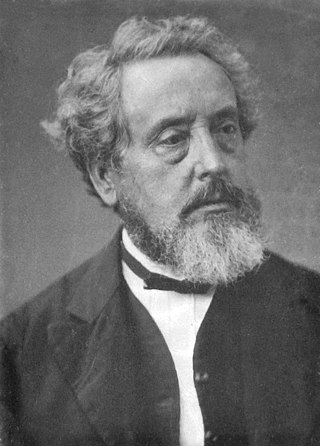
William Barber was Chief Engraver of the United States Mint from 1869 until his death in 1879. He succeeded James B. Longacre in the position.

Charles Edward Barber was an American coin engraver who served as the sixth chief engraver of the United States Mint from 1879 until his death in 1917. He had a long and fruitful career in coinage, designing most of the coins produced at the mint during his time as chief engraver. He did full coin designs, and he designed about 30 medals in his lifetime. The Barber coinage were named after him. In addition, Barber designed a number of commemorative coins, some in partnership with assistant engraver George T. Morgan. For the popular Columbian half dollar, and the Panama-Pacific half dollar and quarter eagle, Barber designed the obverse and Morgan the reverse. Barber also designed the 1883 coins for the Kingdom of Hawaii, and also Cuban coinage of 1915. Barber's design on the Cuba 5 centavo coin remained in use until 1961.
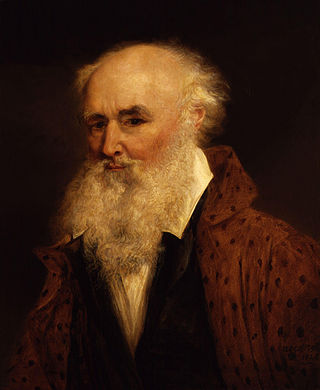
James Ward was an English painter, particularly of animals, and an engraver.

Francesco Bassano the Younger, also called Francesco Giambattista da Ponte or Francesco da Ponte the Younger, was an Italian painter of the Renaissance period.

John Ray Sinnock was the eighth Chief Engraver of the United States Mint from 1925 to 1947.
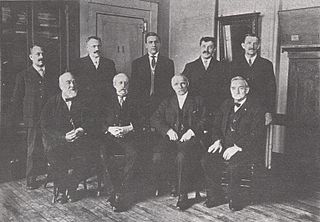
George Thomas Morgan was a United States Mint engraver who is famous for designing many popular coins, such as the Morgan dollar, the reverse of the Columbian Exposition half dollar, and the reverse of the McKinley Birthplace Memorial gold dollar.

Thomas Allom was an English architect, artist, and topographical illustrator. He was a founding member of what became the Royal Institute of British Architects (RIBA). He designed many buildings in London, including the Church of St Peter's and parts of the elegant Ladbroke Estate in Notting Hill. He also worked with Sir Charles Barry on numerous projects, most notably the Houses of Parliament, and is also known for his numerous topographical works, such as Constantinople and the Scenery of the Seven Churches of Asia Minor, published in 1838, and China Illustrated, published in 1845.
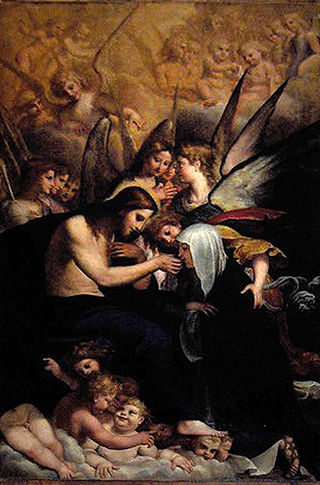
Francesco Brizio (1574–1623) was an Italian painter and engraver of the Bolognese School, active in the early-Baroque.

Giovanni Battista Bonacina was an Italian painter and engraver of the Baroque period. He was born in Milan. He was influenced by Cornelis Bloemaert. He made portraits of Pope Clement IX, Guido and Hermes Visconti, and Giovanni Battista Conte Truchi. He also engraved The Alliance of Jacob and Laban and St. Martin kneeling before the Virgin and Infant Jesus after Pietro da Cortona, and a Holy Family, with St. Catharine and St. John after Andrea del Sarto.

Giuseppe Camerata (1718–1803) was an Italian miniaturist painter and engraver.

Samuel William Reynolds was a mezzotint engraver, landscape painter and landscape gardener. Reynolds was a popular engraver in both Britain and France and there are over 400 examples of his work in the National Portrait Gallery, London.
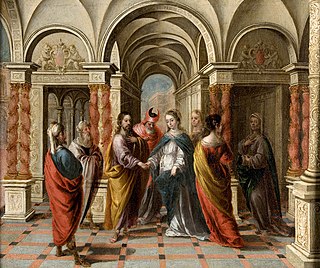
Matías de Arteaga y Alfaro, also Matias de Arteaga, was a Spanish painter and engraver.

Pieter de Bailliu was a Flemish engraver.
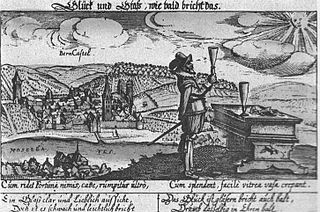
Sebastian Furck or Fulcarus (c.1589–1666) was a German engraver.
Events from the year 1688 in France
Events from the year 1645 in France
References
- Bryan, Michael (1886). Robert Edmund Graves (ed.). Dictionary of Painters and Engravers, Biographical and Critical. Vol. I: A-K. London: George Bell and Sons. p. 301.